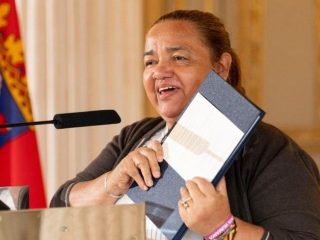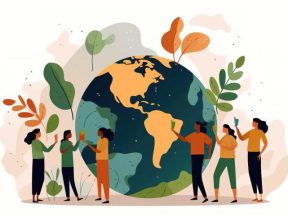Ever since it won the first democratic elections, held in November 1989 and supervised by the UN, by a comfortable 57%, the South West Africa People’s Organization (SWAPO, now called the ‘SWAPO Party of Namibia’) has continued to enjoy an absolute majority over its opponents. A majority that grew even further over the years from…
Read more
The structure of the economy of Namibia reflects the contradictions that are typical of all southern Africa. On the one hand, the country may boast of one of the highest per capita incomes in the continent (almost 12,000 dollars which, in terms of 2017 real purchasing power, amounts to five times that of the poorest…
Read more
With only 2.6 million inhabitants and an area of 824,292 square kilometres, Namibia presents a particularly complicated ethnic and cultural geography. Low population density and the absence of large urban centres of development (Windhoek, the political capital and the main city of the country, has little more than 300,000 inhabitants) deprive Namibia of the powerful…
Read more
The SWAPO movement succeeded in bringing on board the different ethnic groups, even co-opting some of the tribal leaders. In Namibia too, as in the rest of Africa, ethnic diversity is a difficult problem to manage. It may be said that the political fortunes of SWAPO were due, leaving aside the fidelity of the Ovambo…
Read more



